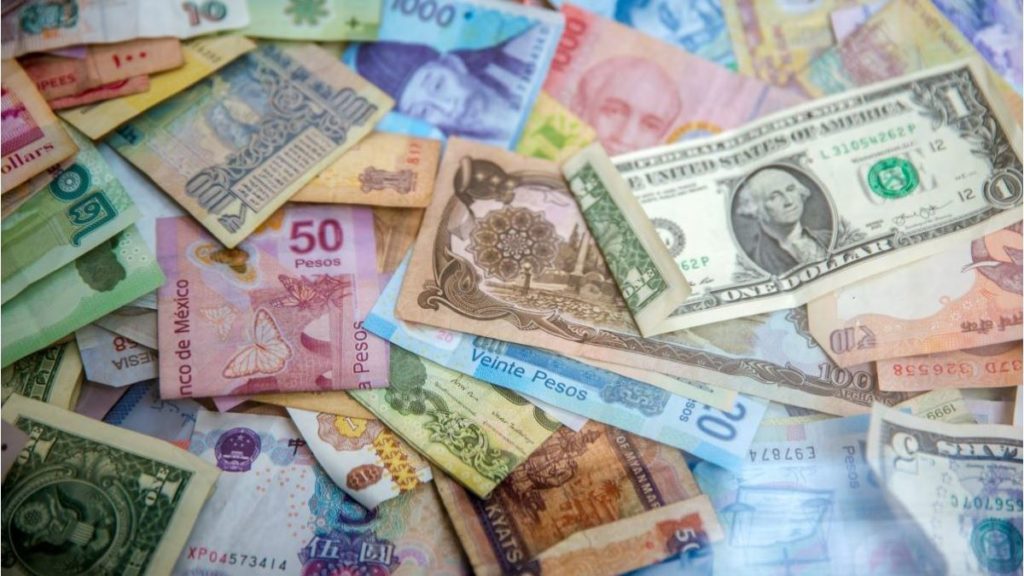Featured image by Jason Leung on Unsplash
Ichimoku is the shortened version of Ichimoku Kinko Hyo. This is a technical analysis method traders can use to improve the accuracy of their predictions for price movements.
It is based on candlestick charting, which is a financial chart traders use to determine potential price moves based on past patterns. Each candlestick usually depicts one day.
Basically, the Ichimoku cloud offers a display for support and resistance, momentum, and trends in a single view. This helps a trader or investor to decide the most suitable time to enter and exit the market.
This article explains some of the most effective strategies for traders who want to trade with Ichimoku cloud to gain quick profits.
RELATED ARTICLE: YOUR COMPLETE GUIDE TO TRADING USA 30 STOCKS
Ichimoku Cloud
The Ichimoku Kinko Hyo reliably shows the direction of market trends. These trade signals include five primary components.
Tenkan-Sen line
Called the conversion line, this component represents the midpoint of the last nine candlesticks. Tenkan-Sen is often shown as a red line. Calculate it using the following formula:
(9-period high + 9-period low) / 2
Kijun-Sen
Known as the base line, this is the midpoint of the last two candlesticks. It is represented by a blue line. Calculate it as follows:
(26-period high + 26-period low) / 2
Chikou Span
Alternately named the lagging span, this component lags behind the price. This span is plotted 26 periods back. It appears as a green line on the chart.
Senkou Span A
Called the Leading Span A, this represents one of the two boundaries of Ichimoku Cloud. This value is the midpoint between the conversion line and the base line. Between the two boundaries, this is the faster one. Senkou Span A is plotted 26 periods into the future. It is an orange line on the chart. Calculate its value using this formula:
(Conversion Line + Base Line) / 2
Senkou Span B
Called the Leading Span B, it is the slower of the two cloud boundaries. It represents the midpoint of the last 52 price bars. Its value is plotted 52 periods into the future. This can be calculated as follows:
(52-period high + 52-period low) / 2
Interpreting the Ichimoku Chart
In order to read the Ichimoku chart, keep the following interpretations in mind.
- A price above the cloud indicates a bullish trend.
- If the price is below the cloud this indicates a bearish trend.
- A price in the middle of the cloud can indicate either a consolidating or a ranging trend.
As useful as the Ichimoku Cloud is, it comes with its limitations. For example, it is based on historical data, so its forecast might not accurately reflect future trends. Depending upon the time period that the indicator is applied to, it is possible that longer trends are not accounted for.
Also, navigating the Ichimoku Cloud can be daunting. This is because its technical details and the multiple interpretations that one needs to fully comprehend in order to make the best use of this chart can be difficult to learn. Therefore, having a well-designed strategy can make using this technological process easier.
Given below is a buy-trade strategy that can help you make the most of the information the Ichimoku Cloud provides.
1. Wait until you can close above the cloud
Since a price above the cloud represents a bullish trend, this can signal an incoming uptrend. This is usually highly reliable because the cloud comes with support and resistance levels that are several layers deep.
2. Wait until crossover happens
The crossover happens when the conversion line breaks above the base line. It is essential to wait until this occurs before you enter a trade.
3. Buy after the crossover at the opening of the next candle
Once the crossover has occurred, you can enter a trade and buy at the opening of the next candle. This is important because long trades using the Ichimoku Cloud are mostly taken when the price is above the cloud.
4. Place a protective stop loss
In order to avoid incurring a loss, place a protective stop loss below the low of the breakout candle. This will allow you to play it safe. It also makes it easier to trade with the market order flow. Moreover, with this strategy, it is possible to trail the stop loss level below the cloud. Alternatively, if a new crossover happens in the opposite direction, you can entirely exit the position.
5. Place take-profit
To ensure that you are making a profit, place the take-profit order at the point where the conversion line crosses below the base line. You can also wait until the price breaks below the cloud. However, this route poses some risk of losing partial profits.
RELATED ARTICLE: DON’T LET A GLITCH CAUSE YOUR BUSINESS MONETARY LOSS
One Last Word
Note that you can apply this same strategy in reverse for a sell-trade strategy using Ichimoku. It can also be beneficial to check the chart regularly, typically every few hours. In this way, you can stay at the top of your game.
RELATED ARTICLE: THE PROS AND CONS OF ONLINE TRADING
